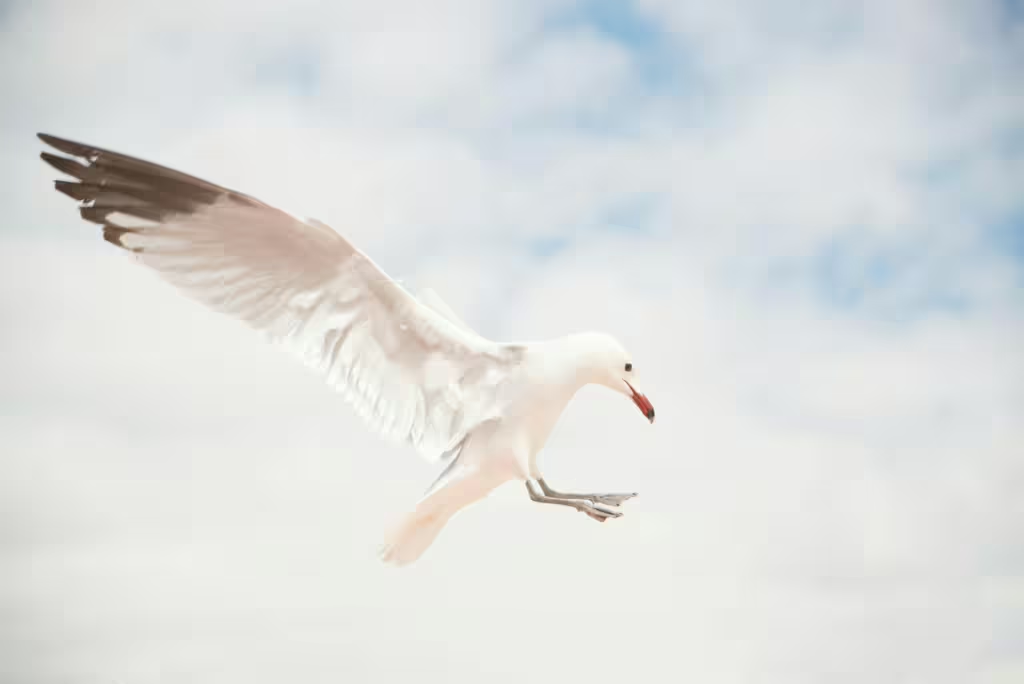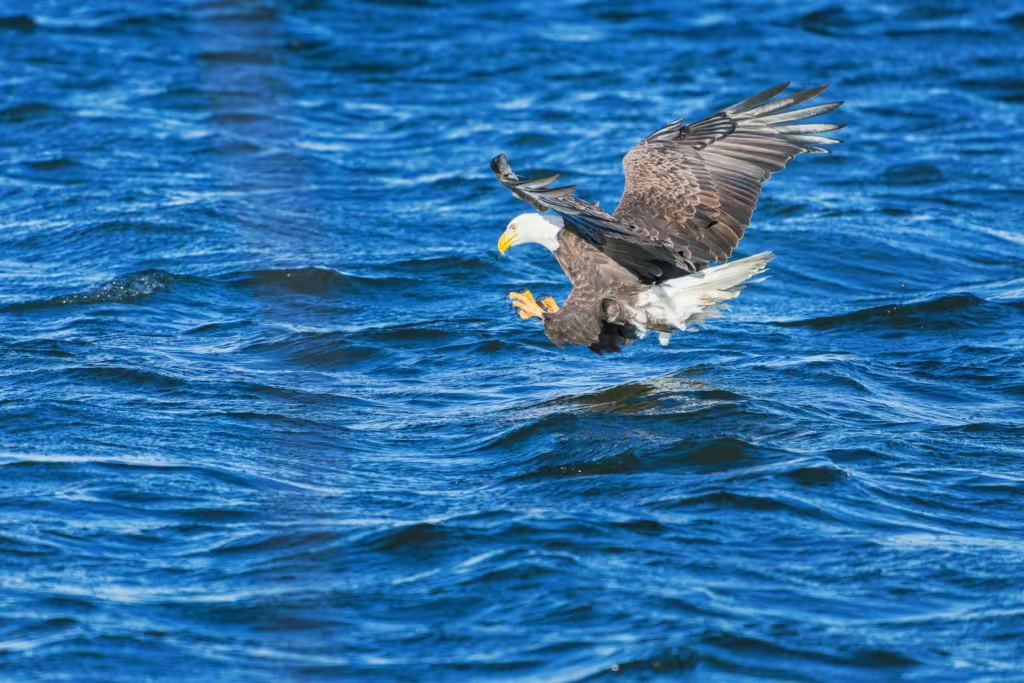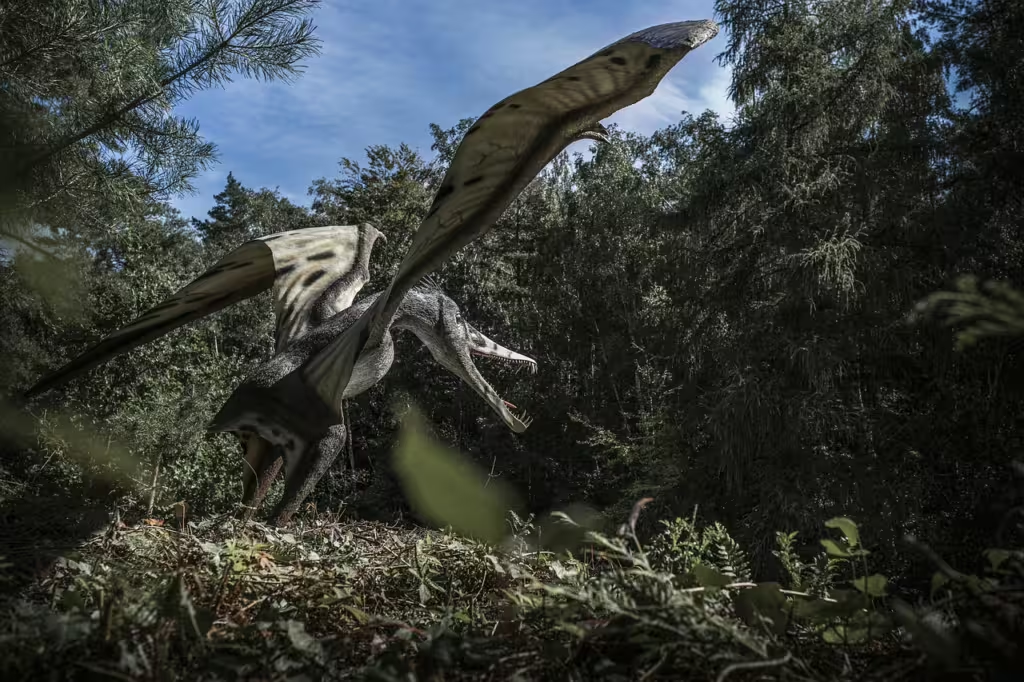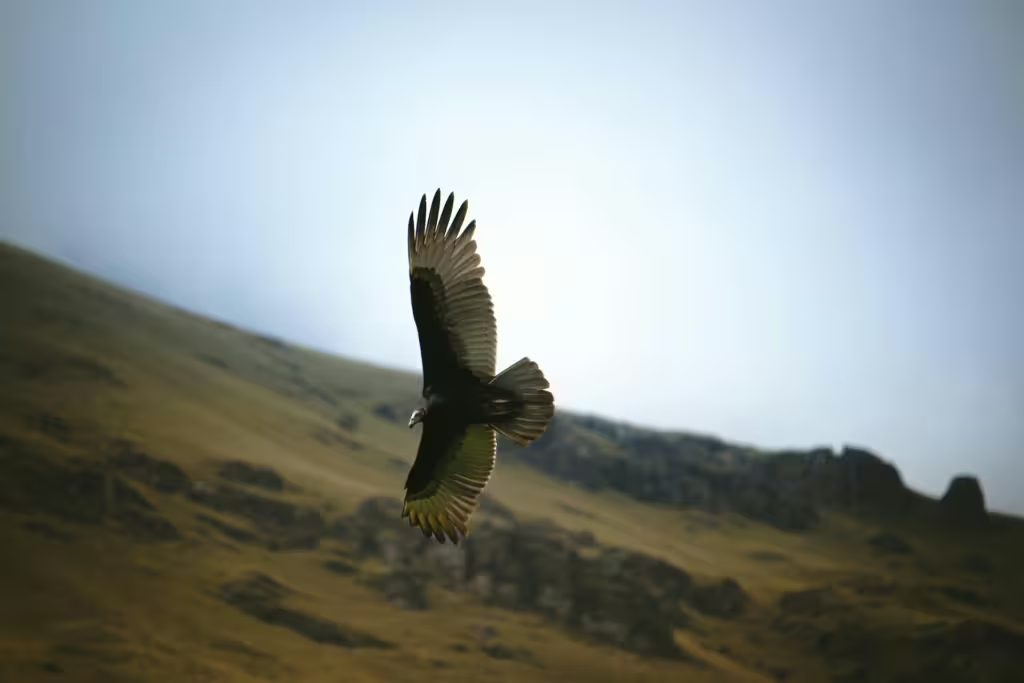These days, we look up at the skies and see a few twittering birds gambling about on the breeze. Every so often we’re treated to a formation of flocking geese or a rare osprey, but there is little about modern birds to inspire more than bemusement, these days. In ages past, when giants used to roam the skies, perhaps that thing we felt was wonder or in some rare cases, fear.
Even today, our plane is home to some of the most magnificent and awe-inspiring birds imaginable, but they are so endangered, or live so far from our settled places, that most of us never get to see them in anything more than images on a screen. These days, we tend to think of soaring eagles or graceful swans as some of the largest birds capable of flight, but the world of avian giants is more expansive than you might expect. The truth is, though we don’t see them, the world of modern flying birds is full of astoundingly large birds.
That said, these impressive birds are just the latest chapter in a much longer evolutionary story. As we touched on earlier, the times before modern man belonged to giants, and many of them ruled the skies long before any of our modern birds took wing.
In this article, we will explore some of the largest flying birds alive today. We will talk about their ecology, their behaviors, and the amazing feats of flight they are capable of. At the same time, we will take a moment to compare these amazing avians to their extinct relatives, particularly the remarkable pterosaurs. So take the leap and fly along with us as we soar once more into the amazing world of birds.
The Largest Flying Birds Alive Today
There is an assumption that any bird capable of flight hast to also be lightweight and agile, and while some of this theory is true, nature always finds ways to break the mold. Indeed, over the millennia since they transformed from thunder lizards, some bird species have managed to keep some measure of their size and added the ability to fly. These birds evolved to be giants, of a sort, that can still soar through the air with the impressive grace shown by their much smaller kin. In this section, we will take a look at the largest flying birds in the world. These birds are categorized thus based on their wingspan and body size.

The Wandering Albatross: The King of the Skies
Sailors used to speak of a giant bird that was so adept at flying that it could sail alongside them on vast ancient voyages. These birds are rooted in seafaring folklore and stories, and have even appeared in Disney movies thanks to their impressive flight skills. We are speaking of course, of the wandering albatross (Diomedea exulans). These magnificent seagull relatives are the undisputed heavyweight champions when it comes to wingspan.
Boasting a wingspan of up to 12 feet, albatrosses are capable of long-distance flights. For reference, that wingspan is longer than the width of a basketball court, and those massive wings can carry them over thousands of miles across oceans without needing to land. It is this uncanny ability to glide effortlessly for hours—sometimes even days—without flapping their wings, that makes them so extraordinary. It is truly an amazing feat of nature and one unequalled in the rest of the modern avian kingdom.
How do albatrosses fly so far? Well, their flight style is a combination of dynamic soaring and static soaring. What this means is that the birds use wind currents and air pressure to maintain altitude and they do this while utilizing minimal energy expenditure. In addition to being physically impressive, albatrosses demonstrate remarkable navigational skills. As with many migrating, seafaring species, these birds returning to the same breeding grounds each year despite traversing vast and open seas. Generally though, the wandering albatross is primarily found in the Southern Ocean. Their preferred prey are fish, squid, and krill.
The Andean Condor: A Majestic South American Giant
If you hail from South America, you may have been treated to the harrowing and awe-inspiring sight of an Andean condor (Vultur gryphus) soaring overhead. This raptor is yet another of the largest flying birds in the world, though it is more closely related to hawks, owls, and vultures than it is seagulls. It falls slightly behind the wandering albatross in terms of wingspan, with their max length being a paltry 10.5 feet. Nevertheless, the Andean condor currently holds the title for the largest bird of prey in the world. Vital to nutrient cycling in their native habitats, these creatures nest high in the Andes mountains. Like the albatross, the people of the region have folktales surrounding these stupendous scavenger birds are a cultural symbol of strength and freedom to many South Americans.
Similar to the way an albatross glides on air currents, the Andean condor has the ability to soar at incredible altitudes and stay aloft for hours. This ability is made possible by its impressive wingspan, but it too relies on thermals to gain altitude without expending much energy. Despite their large size, Andean condors are quite graceful in flight, using their keen eyesight to spot carrion from miles away, which makes up the bulk of the animal’s diet.
The Great Bustard: A Heavyweight Among Terrestrial Birds

Some readers may be unfamiliar with the heaviest bird capable of flight. We are speaking, of course, of the great bustard (Otis tarda). These bulk birds, which can weigh up to 40 pounds, are native to Europe and Asia. They have a wingspan that can reach up to 8 feet, which doesn’t seem large enough to support that kind of weight. Nevertheless, great bustards are quite good at flying and are quite capable of covering large distances. They are also among the most powerful in terms of wing power and rather ostentatious when it comes to their courtship displays. Male bustards puff out their chests and raise their feathers to attract females and are known to be rather impressive in this regard.
The bustard’s size, strength, and stamina have helped them survive in various habitats, from steppes and grasslands to agricultural fields. Unfortunately like so many of the world’s amazing avians, these animals are considered vulnerable due to habitat loss and hunting. Though the great bustard’s population has dwindled in recent years, but there is hope that conservation efforts can mitigate the damage.
The Whooper Swan: A Majestic Migrant
If any flying bird still living could instill true terror in a human being, it would be some type of swan. Already well known for their cantankerous countenance, swans are among the largest of the waterfowl. The whooper swan (Cygnus cygnus) is one of the largest of that group and has a wingspan of up to 8 feet from wingtip to wingtip. That’s pretty darn big for a bird that would sooner bit the hand that feeds it than actually eat the bread.
These huge waterbirds are native to Europe and Asia, and they are known for their striking white plumage and long necks. Like ducks and geese, whooper swans are strong migratory birds, often traveling long distances between their breeding grounds to reproduce. They fly from their homes in northern Europe to their wintering grounds in Asia each year.
While their large size may seem cumbersome, don’t be fooled! That’s just what the swans want you to think! Whooper swans are extremely capable fliers with strong, powerful wingbeats that help them take off from the water and soar over vast distances. This means that they can catch you no matter where you flee! We joke of course, but seriously, don’t go near swans people, they will absolutely bite and peck if threatened…or even just irritated.
The Philippine Eagle: The World’s Largest Eagle
Finally, we come to one of the largest birds of prey on the planet. The Philippine eagle (Pithecophaga jefferyi) must have been a terrifying sight to behold for early man. This bird is the largest eagle in the world in terms of total body size, and even though its wingspan of about 7.5 feet, it is nothing to sneeze at in terms of sheer power. Native to the forests of the Philippines, this bird’s impressive size, powerful build, and sharp hunting skills make it one of the most formidable birds of prey and an apex predator of the ecosystem, preying on monkeys, large reptiles, and other birds.
Despite its large size, the Philippine eagle is actually an excellent flyer, capable of navigating dense forests with precision and agility. We’re not saying it can flit around as easily as a hummingbird, but it can travel for miles and can maneuver better than one might expect for an animal of its size. Sadly, the time of the Philippine eagle is likely drawing to a close, as this species is critically endangered due to habitat loss and hunting. If we don’t protect it, it may go the way of the next entry of animals on our list; the pterosaurs.
The Extinct Giants: Pterosaurs and the Prehistoric Sky
While today’s largest flying birds are still pretty impressive, they pale in comparison to what came before. The giants of the prehistoric skies were, in some cases, as large as helicopters and heavier than any living flying creature. Long before birds evolved into the forms we know today, massive flying reptiles known as pterosaurs ruled the air. These incredible creatures had wingspans far surpassing any of those today but the fossilized evidence of their existence offers humanity an important glimpse into the early history of animal flight.
Pterosaurs: The Flying Reptiles
First, we need to start with an important fact that jut about everyone, from children’s books to Hollywood blockbusters gets wrong; pterosaurs were not actually dinosaurs. Yes, they were closely related to them, having belonged to a group known as archosaurs, but they were kind of a fork in the evolutionary line. We do know that archosaurs also included the ancestors of modern crocodiles and birds, but it was still not the same. Nevertheless, pterosaurs lived all throughout the Mesozoic era, albeit in different forms. This era spanned from the late Triassic to the end of the Cretaceous period, for reference, that’s about 230 to 66 million years ago.
The important thing about pterosaurs, beyond all the semantics of their categorization, is that they are believed to have been the first vertebrates to achieve powered flight. There were many different species of pterosaurs, varying greatly in size and form. The very largest of these was an animal known as Quetzalcoatlus northropi, a member of the Azhdarchidae family.
Quetzalcoatlus had an estimated wingspan of up to 36 feet, making it perhaps the largest flying animal to ever exist. The only reason we say “perhaps” here is that we haven’t found remains of anything bigger. Moreover, we still don’t understand much about how this colossal pterosaur achieved flight, so anything winged and even larger would only serve to baffle paleontologists and aerospace engineers even further! What we do know, is that Quetzalcoatlus lived during the Late Cretaceous period and is thought to have been capable of soaring across vast distances, much like the modern-day albatrosses we mentioned earlier.

The Megafauna of the Mesozoic Sky
Quetzalcoatlus was not the largest of these megareptile fliers, other giant pterosaurs such as Hesperornis and Pteranodon also had wingspans that could reach up to 33 feet. In the age of the dinosaurs. these giant reptiles ruled the skies. reaching heights and taking flight in a way that modern birds could never imagine. They fed on fish, reptiles, amphibians, early mammals, and even other dinosaurs! And sure, we now understand that pterosaurs were not the direct ancestors of birds, but their existence helped shape the understanding of flight and aviation in the natural world nevertheless.
True Investigator Says…
As you can see, some of the largest flying birds alive today are a continued testament to the incredible power of natural flight. These animals are links to a primordial world, where the immense wingspans and powerful flight capabilities of ancient pterosaurs allowed them to rule the skies in a way that few other animals could; the dinosaurs included. Today, the distant cousins of those incredible reptiles continue to inspire awe and wonder, influencing the way we view evolution and testing the very limits of what is capable in terms of flight.
Discover more from TrueInvestigator
Subscribe to get the latest posts sent to your email.


